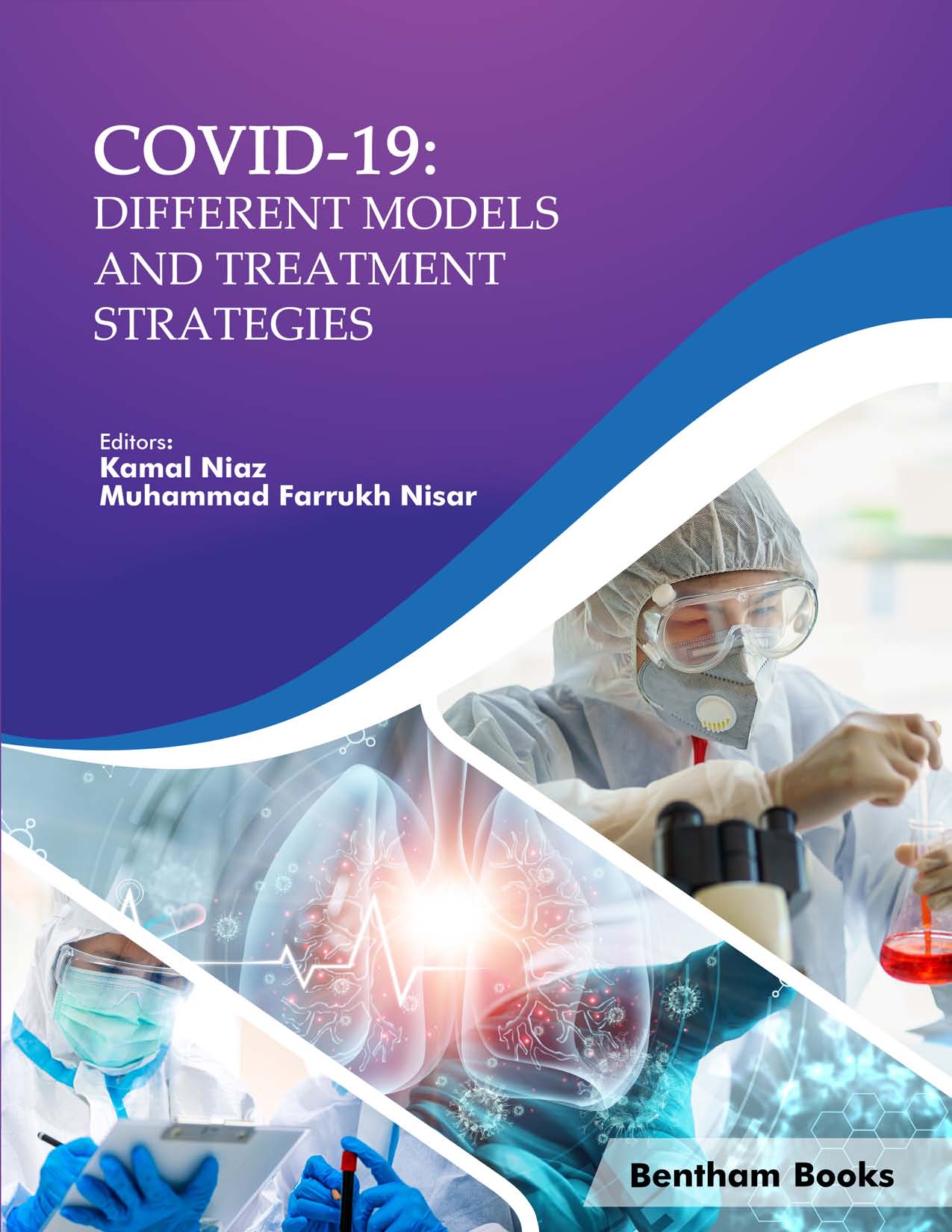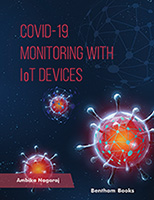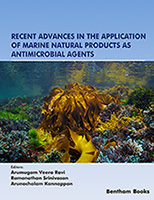Coronavirus disease-19 (COVID-19) is a complex disease that causes illnesses ranging from mild to severe respiratory problems. It is caused by a novel coronavirus severe acute respiratory syndrome coronavirus-2 (SARS-CoV-2), an enveloped, positive-sense, and single-stranded RNA (+ssRNA) virus that belongs to the coronavirus family. It has a fast-spreading potential worldwide, which leads to high death cases regardless of lows death rates. Yet, there are no animal models or specific drugs for disease prevention and/or treatment. Therefore, it is highly demanded to identify the known drugs and test them as a possible therapeutic approach. In this critical situation, one or more of these drugs may represent the only option to treat or reduce the severity of the disease until a specific drug or vaccine is developed and approved. A wide variety of therapeutics have been explored to treat COVID-19, initially suggested for other diseases and already established safety profiles, and approved by the Food and Drug Administration (FDA). Such treatments are referred to by the World Health Organization (WHO) as repurpose medications. Still, there are many ongoing clinical trials regarding the safety and effectiveness of repurposing immune-therapeutics to mitigate the symptoms of COVID-19.
In this book volume-2 proposal, we consolidate the various animal models and treatment strategies widely used for the global emergency of COVID-19. Since SARS-CoV-2 is the closest to SARS-CoV and MERS-CoV, the approaches brought here will be similar and/or varying with a slight degree. It is cleared that in the last 17-18 years, this is the third outbreak of the same coronavirus with a small mutation that shock the whole world. The chapters in this book should be prioritized as up-to-date literature of techniques used in the study SARS-CoV-2 and will act as a suitable reference if any such wary appear soon.
The 2nd volume of the proposed book proposal has been classified into Part IV: Models for SARS-CoV-2 and Part V: Treatment Strategies for SARS-CoV-2. With the emergence of new coronavirus variants, epidemiology, different host tropism permits a thorough analysis of their evolution and acquired adaptability to their host. The 1st volume already discussed the entry, epidemiology, genetic alteration, and diagnostic approaches. In the 2nd volume, part IV, we have planned to describe chapter-wise models used in COVID-19. No studies are complete without animal models closely related to human physiology to replicate the disease and observe the pathology conditions as in human cases. Such animal models play a vital role in virus pathogenesis and prepare a therapeutic immune response. Here describe bio-engineered transgenic mouse model inserting with specific genes, or CRISPR-Case9 gene-editing tool has been used previously for SARS-CoV and MERS-CoV. The chapter will deal with culture techniques or cell lines for COVID-19-also histopathology of COVID-19, essential proteins that up or down-regulate SARS-CoV-2. The last chapter of this part will describe other diseases having similar signs and symptoms and their differentiation. In the last part of the book proposal, part V, chapters will deal with therapeutic approaches to attenuate SARS-CoV-2 as there is no specific treatment available to date, just symptomatic therapy. However, scientists will elucidate effective antiviral drugs in clinical trials, phytochemicals, photomedicine such as ultraviolet A & B, homemade remedies, blood plasma transfusion, stem cell therapy, and computational approaches in vivo and in vitro trials.
This book will appear as a baseline for academicians, scientists, and health professionals as still, research is going to overcome this outbreak of COVID-19, the novelty of best animal models, and find an effective treatment. However, just a single book proposal like this wouldn't have flourished without enthusiasm and determined publishers' and investigators' strength to take time from their busy schedule and subsidize on time.
We thank the whole investigators who contributed, directly and indirectly, to bring it to reality.
Kamal Niaz
Department of Pharmacology and Toxicology
Faculty of Bio-Sciences, Cholistan University of Veterinary and Animal Sciences
Bahawalpur-63100
Pakistan
&
Muhammad Farrukh Nisar
Department of Physiology and Biochemistry
Faculty of Bio-Sciences, Cholistan University of Veterinary and Animal Sciences (CUVAS)
Bahawalpur-63100
Pakistan





